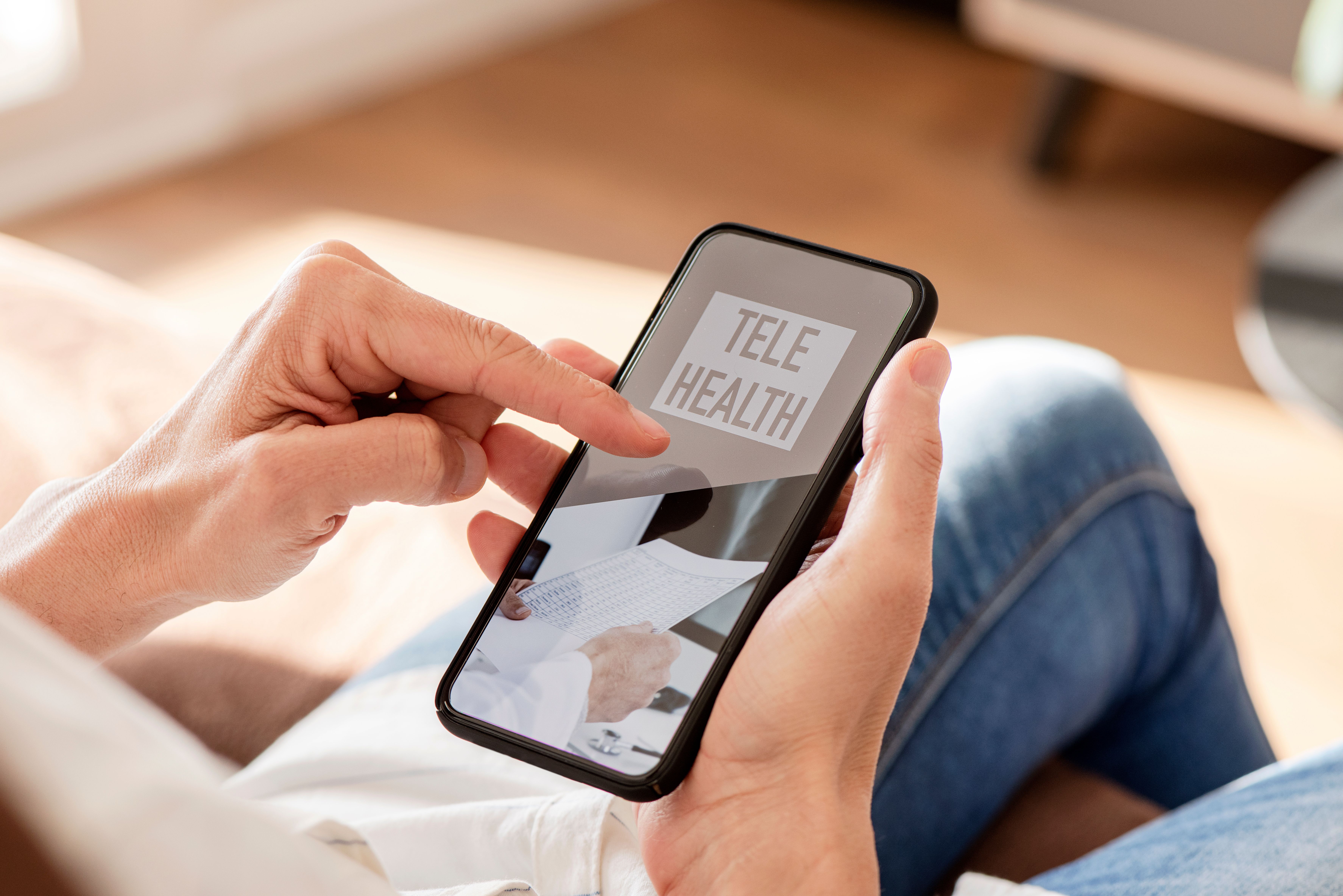- Acne
- Actinic Keratosis
- Aesthetics
- Alopecia
- Atopic Dermatitis
- Buy-and-Bill
- COVID-19
- Case-Based Roundtable
- Chronic Hand Eczema
- Chronic Spontaneous Urticaria
- Drug Watch
- Eczema
- General Dermatology
- Hidradenitis Suppurativa
- Melasma
- NP and PA
- Pediatric Dermatology
- Pigmentary Disorders
- Practice Management
- Precision Medicine and Biologics
- Prurigo Nodularis
- Psoriasis
- Psoriatic Arthritis
- Rare Disease
- Rosacea
- Skin Cancer
- Vitiligo
- Wound Care
News
Article
Study Finds Disparities in Access to Patient Portals Despite a Rise in Use
Author(s):
The study found that white patients were offered access to patient portals more frequently than Black or Hispanic patients.
nito/Adobe Stock

A new study finds both good and bad news in recent trends of patient engagement with electronic health information (EHI). The good news: access to EHI—mostly via patient portals—increased substantially between 2014 and 2022.The bad news: Black and Hispanic patients were being offered access to portals less often than white patients.
The study’s authors analyzed trends in portal access among more than 22,000 adults between 2014 and 2022, using data from the Health Information National Trends Survey. They used reports from patients to learn how many were offered portal access by their health care provider, how many were encouraged to use the portal or their online medical record, how many patients did so, and how many used the portal or their record to view, download or send information.
In addition, the researchers examined whether patients used an app or website—or both—to access their online medical record and their ability to understand the information they found.
They found an overall increase in portal access between 2014 and 2022, with a significant jump (46%) between 2020 and 2022, coinciding with the height of the COVID-19 pandemic. But the increased use was unevenly distributed among racial and ethnic groups. More than eight in 10 (81%) of white patients were offered portal access by their health care provider, compared to 73% of Black and 62% of Hispanic patients.
The results showed similar race- and ethnic-based disparities in portal use, with 60% of Black and 57% of Hispanic patients reporting use compared to 70% of white patients.
By far the most frequent use of patient portals was to look up test results, with 89% of both Black and Hispanic patients, and 91% of white patients reporting they used portals for that purpose. The least-common use was sending information to a third party, reported by 24% of Black and Hispanic patients and 19% of white patients.
The study found that large majorities of patients in all groups—91% of whites, 90% of Blacks and 88% of Hispanics—understood information they accessed through portals.
The authors cite two primary reasons for the growth in portal and EHI access. First was the greater reliance on telemedicine during the pandemic, resulting in increased demand for portals to view test results and communicate with health care providers. Second was the 2022 implementation of the final rule of the 21st Century Cures Act, which enabled patients to use health apps of their choice to access and manage their EHI.
The study found no significant differences among racial and ethnic groups in patient portal use once patients were offered access to portals and encouraged to use them. Given that finding, the authors say that health care providers can narrow the gap in patient access and help mitigate health disparities by routinely offering access to portals and encouraging patients to use them.
Reference
Richwine C. Progress and persistent disparities in patient access to electronic health information. JAMA Health Forum. 2023;4(11). doi:10.1001/jamahealthforum.2023.3883
[This article was originally published by our sister publication, Medical Economics.]
Newsletter
Like what you’re reading? Subscribe to Dermatology Times for weekly updates on therapies, innovations, and real-world practice tips.











